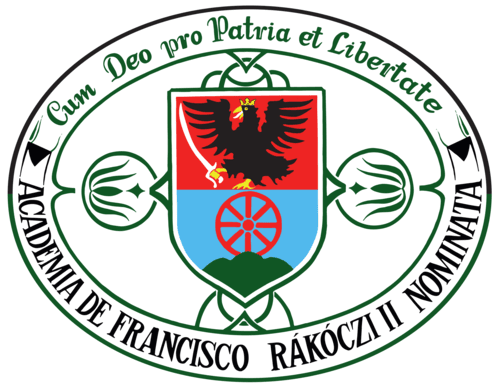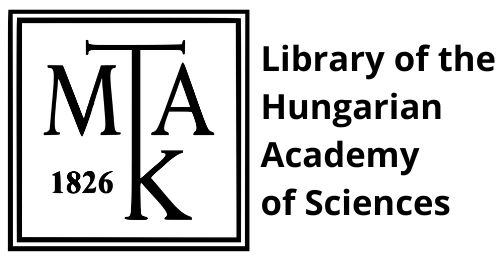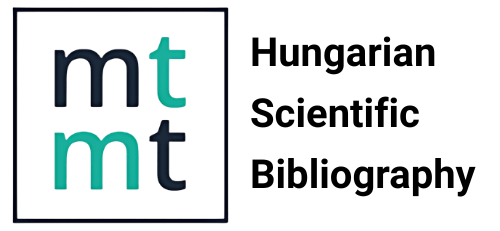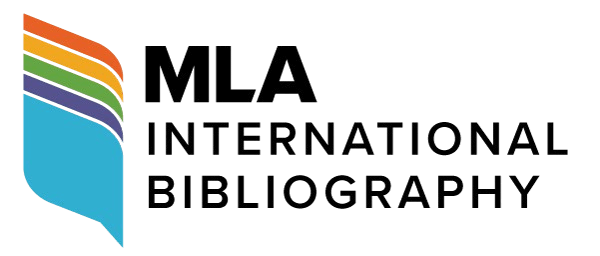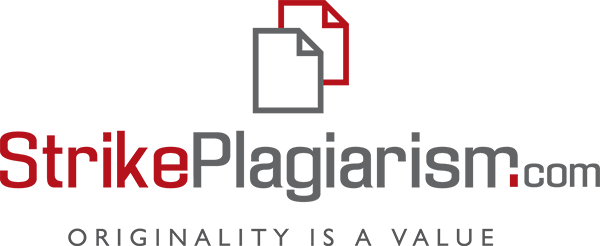State language effects in the language use of native Hungarian-speaking health care workers in Transcarpathia
DOI:
https://doi.org/10.58423/2786-6726/2022-1-43-60Keywords:
Transcarpathia, health care workers, Hungarian language, language use, state language effect, loanwordsAbstract
In Ukraine, doctors and nurses are trained in the official language, and it is also common to find health professionals who come from somewhere in Ukraine and do not understand Hungarian at all. It is therefore not uncommon for "patients with Hungarian mother tongues to find it difficult to communicate with Ukrainian and Russian-speaking doctors and nurses".
Of course, there are also native Hungarian-speaking health workers who, despite the exclusivity of state language education, are able to communicate in Hungarian and, if necessary, can even act as mediators in doctor-patient conversations. At the same time, it is important to emphasize that in their case, because of the exclusivity of state language education, second language influences are more pronounced, and they either do not know Hungarian terminology or, if they do, they hardly use it, since it is easier for them to understand each other in mixed-language working communities.
In this paper, based on the data of a recent questionnaire survey, we try to present the level of language proficiency and the frequency of communication in certain languages of the native Hungarian-speaking health care workers in Transcarpathia, as well as the language use characteristics of the Hungarian language, paying special attention to the use of technical language-related loanwords or loanwords that are commonly known but can be included in the health care register.
Based on the results of the research, the multilingual nature of Transcarpathian Hungarian mother tongue health care workers can be considered as clear evidence, which in the vast majority of cases implies a Hungarian mother tongue dominance. The level of proficiency in the official language of the respondents is closely related to the language in which they have completed their vocational training and the language composition of the work community in which they work. The latter also largely determines the frequency with which individuals use their mother tongue, the official language and Russian, as well as various foreign languages.
References
Bakó Alexandra Vivien 2014. Tudatos terminológiai választás vagy esetleges szóhasz¬nálat? – egészségtudományi hallgatók regiszterhasználatának vizsgálata [A conscious choice of terminology or a possible use of words? – examining register use by health science students]. In: Dr. Bocz Zsuzsanna szerk. Porta lingua – 2014. Szaknyelvi regiszterek és használati színterek. Cikkek, tanulmányok a hazai szaknyelvoktatásról és –kutatásról [Porta lingua – 2014. Language registers and usage contexts. Articles and studies on Hungarian professional language teaching and research]. Budapest: Szaknyelvoktatók és –Kutatók Országos Egyesülete. 213–228. o. (In Hungarian).
Balázs Géza 2009. Szaknyelvi nyelvhelyességi ajánlások [Linguistic correctness recommendations]. In: Bősze Péter szerk. A Magyar Orvosi Nyelv tankönyve [Textbook of the Hungarian Medical Language]. Budapest: Medicina Könyvkiadó. 197–211. o. (In Hungarian).
Bartha Csilla 1999. A kétnyelvűség alapkérdései. Beszélők és közösségek [Basic issues of bilingualism. Speakers and communities]. Budapest: Nemzeti Tankönyvkiadó (In Hungarian).
Beregszászi Anikó – Csernicskó István 2003. A kétnyelvűség (bilingvizmus) fogalma [The concept of bilingualism]. In: Csernicskó István szerk. A mi szavunk járása. Bevezetés a kárpátaljai magyar nyelvhasználatba [The way of our word. Introduction to the use of the Transcarpathian Hungarian language]. Beregszász: Kárpátaljai Magyar Tanárképző Főiskola. 28–31. o. (In Hungarian).
Boronkai Dóra 2014. A konverzációelemzés alkalmazása az orvos-beteg kommunikáció kutatásában [Conversion analysis applied to doctor-patient communication research]. In: Dr. Bocz Zsuzsanna szerk. Porta lingua – 2014. Szaknyelvi regiszterek és használati színterek. Cikkek, tanulmányok a hazai szaknyelvoktatásról és –kutatásról [Porta lingua - 2014. Language registers and usage contexts. Articles and studies on Hungarian professional language teaching and research]. Budapest: Szak¬nyelvoktatók és –Kutatók Országos Egyesülete. 17–34. o. (In Hungarian).
Gazdag Vilmos 2013a. Az anyanyelv használati körének módosulásai Kárpátalján [Changes in the use of the mother tongue in Transcarpathia]. In: Kötél Emőke – Szoták Szilvia szerk. Határhelyzetek IV. Hagyomány és jövőkép. Anyanyelv(ek), oktatáspolitikai stratégiák, karrierkövetés [Border situations IV. Tradition and vision. Mother tongue(s), education policy strategies, career development]. Budapest: Balassi Intézet Márton Áron Szakkollégium. 94–120. o. (In Hungarian).
Gazdag Vilmos 2013b. A nyelvválasztási stratégia és a pályaválasztás összefüggései a kár-pátaljai beregszászi járás magyar középiskolásai körében [The correlation between language choice strategy and career choice among Hungarian secondary school students in the Berehovo district of Transcarpathia]. In: Szoták Szilvia szerk., Határhelyzetek 5. Sztereotípiák, választások, túlélési stratégiák kisebbségi léthely-zetekben [Border situations 5. Stereotypes, choices, survival strategies in minority situations]. Budapest: Balassi Intézet Márton Áron Szakkollégium. 200–230. o. (In Hungarian).
Gazdag Vilmos 2015. A kárpátaljai magyar nyelvhasználat orosz/ukrán kölcsönszavai [Russian/Ukrainian loanwords in the use of the Hungarian language in Transcarpathia]. Zempléni Múzsa: Társadalomtudományi és kulturális folyóirat [Zempléni Múzsa: Social science and culture journal]. 15 évf. 4 sz. / 2015. 25–30. o. (In Hungarian).
Gazdag Vilmos 2019. Szesztra – egy kiveszett szláv jövevényszó regionális újra¬köl-csönzéséről [Szesztra - on the regional re-appropriation of a lost Slavic word]. Magyar Nyelv [Hungarian Language] 115. évf. 4 sz. 460–467. o. (In Hungarian).
Gazdag Vilmos 2021. Szláv elemek a kárpátaljai Beregszászi járás magyar nyelvjárásaiban [Slavic elements in the Hungarian dialects of the Berehovo district of Transcarpathia]. Törökbálint: Termini Egyesület (In Hungarian).
Györke Magdolna 1991. A kárpátaljai magyar szaknyelvek [The Hungarian languages of Transcarpathia]. In: Kétnyelvűség a Kárpát-medencében [Bilingualism in the Carpathian Basin]. Kiadja a Széchenyi társaság a Pszicholingva Nyelviskola közreműködésével. Budapest. 70–71. o. (In Hungarian).
Huszti Judit – Wéber Katalin 2014. Interkulturális orvosi kommunikáció Európában. Egy tananyagfejlesztés tanulságai [Intercultural medical communication in Europe. Lessons from a curriculum development project]. In: Dr. Bocz Zsuzsanna szerk. Porta lingua – 2014. Szaknyelvi regiszterek és használati színterek. Cikkek, tanul-mányok a hazai szaknyelvoktatásról és –kutatásról [Porta lingua – 2014. Language registers and usage contexts. Articles and studies on Hungarian professional language teaching and research]. Budapest: Szaknyelvoktatók és –Kutatók Or¬szá¬gos Egyesülete. 87–96. o. (In Hungarian).
Kontra Miklós 1981. A nyelvek közötti érintkezés néhány kérdéséről, különös tekintettel „elangolosodó” orvosi nyelvünkre [On some issues of interlanguage contact, with a special focus on our "Anglicising" medical language]. Nyelvtudományi Értekezések. 109. sz. Budapest: Akadémiai Kiadó (In Hungarian).
Kuna Ágnes 2020. Változás az orvos-beteg kommunikációban. Változó szemlélet, módszer és gyakorlat [Change in doctor-patient communication. Changing attitudes, methods and practice]. Magyar Nyelvőr [Hungarian Language Guard]. 144. évf. 3. sz. / 2020, 280–303. o. (In Hungarian).
Márku Anita 2003. A magyar nyelv Beregszász szolgáltató egységeiben, boltjaiban, éttermeiben és a piacon, valamint az orvosi rendelőben [The Hungarian language is spoken in Berehove's service units, shops, restaurants and the market, as well as
Downloads
Published
How to Cite
Issue
Section
License
Authors retain copyright and grant the journal the right of first publication. The work is simultaneously licensed under a Creative Commons Attribution 4.0 International License (CC BY 4.0), which permits others to share the work with appropriate credit given to the author(s) and the initial publication in this journal.



